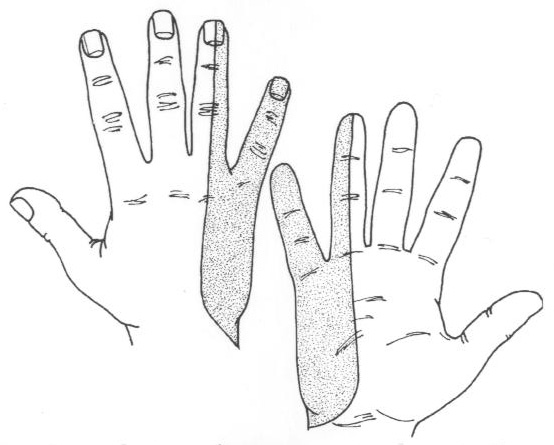
The type of medication prescribed depends on the severity of symptoms. Medication can help relieve symptoms of nerve compression syndrome such as pain and inflammation. However, further research is needed as this study hasn’t been repeated and involved only 100 women. Physical therapy can also help relieve symptoms such as pain and numbness.Ī 2017 study suggested that physical therapy and surgery had similar effectiveness in treating carpal tunnel syndrome in women. Working with a physical therapist can help improve your flexibility, strength, and range of motion in the affected area. When obesity is the cause of nerve compression syndrome, losing weight can improve symptoms. Lifestyle changesĪvoiding movements that cause pain, adopting ergonomic strategies at work and at home, or changing job duties may improve symptoms. In severe cases, nerve compression syndrome may require surgery. Treating an underlying condition causing nerve compression syndrome may also ease symptoms. Treatment for nerve compression syndrome often begins with lifestyle changes and noninvasive therapies. This can cause symptoms such as pain, numbness, and reduced function. damage to the nerve’s insulation (the myelin sheath)Īll of these changes have a negative impact on the nerve’s ability to send and receive messages.swelling in the nerve and surrounding structures.Repetitive injuries, accidents, and medical conditions may lead to: autoimmune disorders, such as rheumatoid arthritis.In addition, certain medical conditions can trigger or make you more susceptible to nerve compression syndromes. For example, repeated overextension of the wrist while typing on a keyboard, using a mouse, or playing the piano can lead to carpal tunnel syndrome.Īccidents such as sprains, fractures, and broken bones can also cause nerve compression syndrome. These injuries may occur in the workplace due to repeated movements related to your job duties. Nerve compression syndrome is often caused by repetitive injuries. It can impact wrist, hand, and finger function. This syndrome affects the radial nerve, which extends the length of the arm. This affects the lateral cutaneous nerve and can cause symptoms in the outer thigh.


This syndrome affects the ulnar nerve and can impact function in the hand. This affects the suprascapular nerve and can cause symptoms in the shoulder.
#ULNAR NERVE COMPRESSION SKIN#
It passes close to the skin at the elbow. The ulnar nerve is responsible for the sensation that you get when you hit your funny bone. Also known as ulnar neuropathy or ulnar nerve entrapment at elbow, it occurs when the ulnar nerve is compressed at the elbow. Cubital tunnel syndromeĬubital tunnel syndrome is the second-most common type of nerve compression syndrome. Excess pressure on the wrist may cause swelling, which can lead to carpal tunnel syndrome. At the wrist, it passes through a structure called the carpal tunnel. The median nerve extends from the upper arm to the thumb. It occurs when the median nerve is compressed at the wrist.

The following are some of the most common types of nerve compression syndromes: Carpal tunnel syndromeĬarpal tunnel syndrome is the most common type of nerve compression syndrome. Each one affects a different peripheral nerve. There are several different types of nerve compression syndromes.


 0 kommentar(er)
0 kommentar(er)
